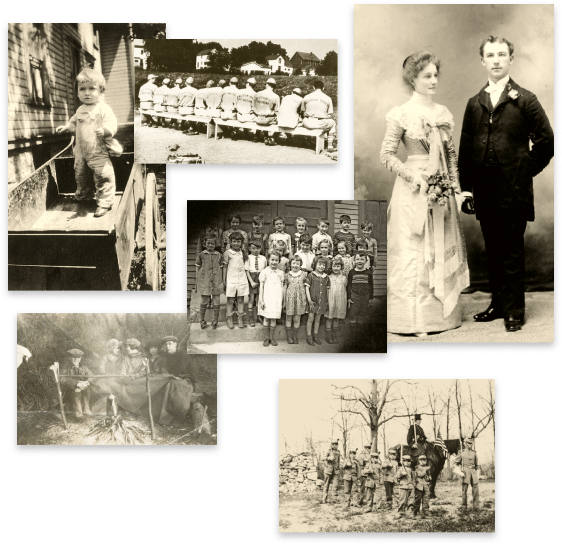
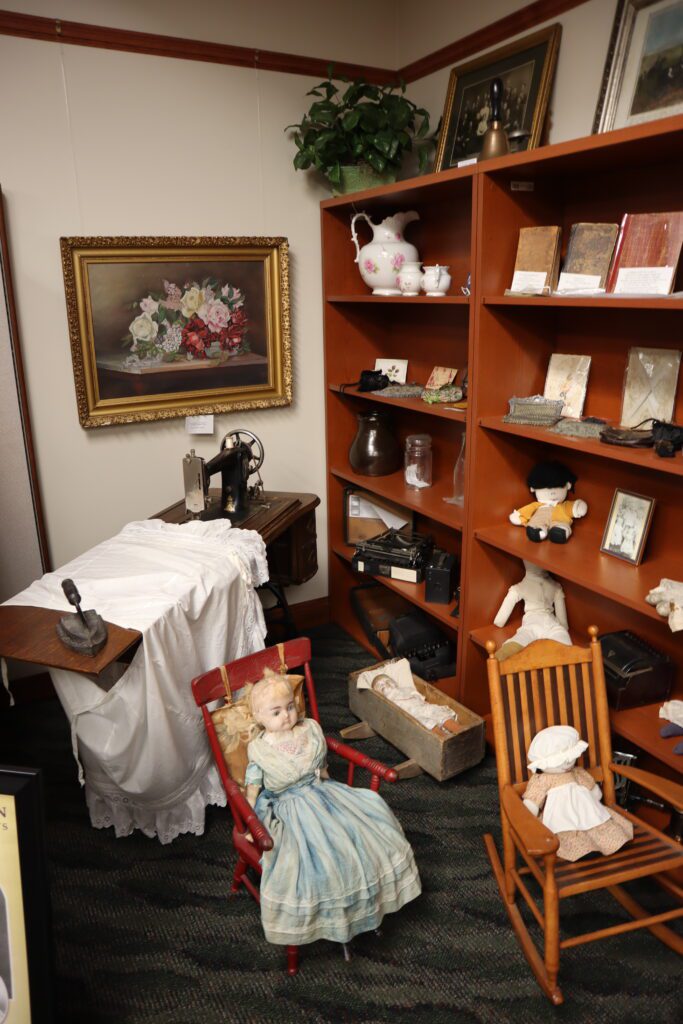
Promote and encourage original historic research, to facilitate a better knowledge and awareness of the history of the Town of Onondaga and the State of New York.
Gather, preserve, interpret, display, and make available for study, artifacts, documents, photographs, and other historical records.
Foster the preservation of important sites and structures and to assume custody in special instances by purchase or gift.
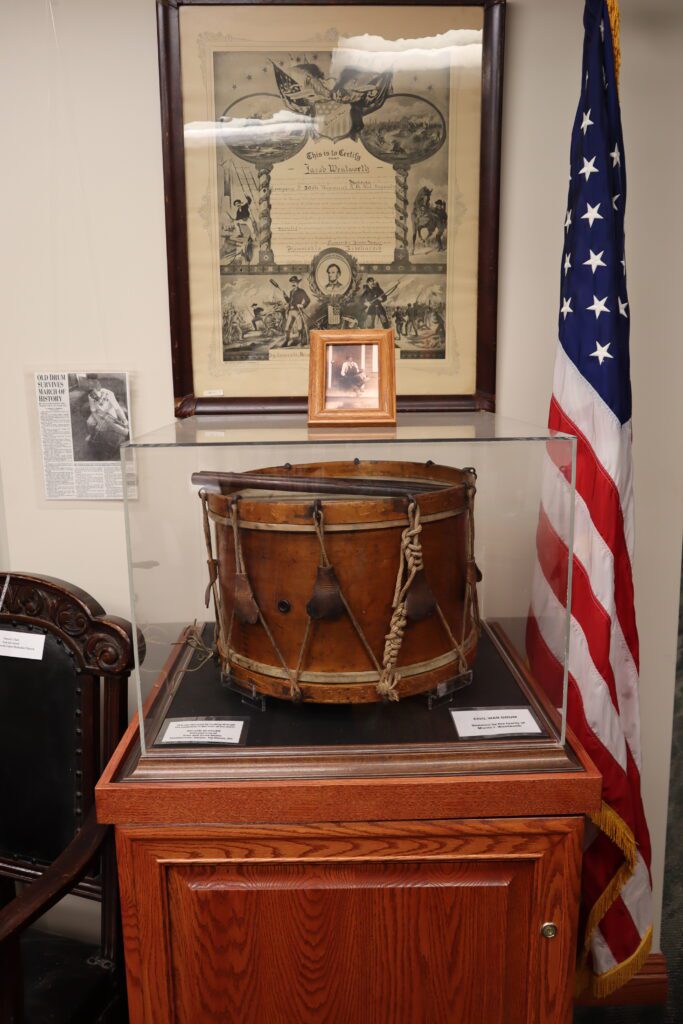
SAM BEARDSLEY, LAWYER
EXPERT LEGAL SERVICES: DIVORCE,
ESTATES, WILLS, TRAFFIC
7106 S. Salina St., Nedrow, NY 13120
315-469-3232
email: sblawyer@twcny.rr.com
DAGUE & MARTIN, P.C.
ATTORNEYS & COUNSELORS AT LAW
4874 Onondaga Rd., Syracuse, NY 13215
315-422-2052
www.DagueLaw.com
THE WALSH LAW FIRM
D.W.I. & TRAFFIC MATTERS
5108 Velasko Rd. Syracuse, NY 13215
315-579-3117
email: syracusedwiattorney@gmail.com
VALLEY AUTO
QUALITY PRE-OWNED CARS, TRUCKS, SUVs
6201 South Salina St. Syracuse, NY 13205
315-218-5177
www.valleyautopro.com
email: valleyautopro@gmail.com
BUTLER BADMAN FUNERAL
HOME INC.
FUNERAL & CREMATION SERVICES
4504 W. Seneca Tpk., Syracuse, NY 13215
315-492-4264
email: butlerbadman1@aol.com
www.butlerbadmanfuneralhome.com
SOLLECITO LANDSCAPING NURSERY
HARDY SUSTAINABLE PLANTS – some
with historical ties to the Town of Onondaga
4094 Howlett Hill Rd., Syracuse, NY 13215
315-468-1142
www.sollecito.com
Visit Sollecito Landscaping Nursery on Facebook
GASPARINI’S
LANDSCAPING CO. , INC.
PLANTING, PATIOS, WALKS, FENCING
5072 Smorol Rd., Camillus, NY 13031
315-488-4261
www.gasparinilandscaping.com
CARROLL DENTISTRY
THOMAS J. CARROLL, DMD
5110 Velasko Rd., Syracuse, NY 13215
315-474-4232 Fax:315-474-4249
thomascarrolldmd.com
THE CIDER MILL
4221 Fay Road, Syracuse, NY 13219
315-487-0647
Located at the former Morey’s Mill
www.THECIDERMILL.US
“AFTER GLOW TAROT”
CLAIRVOYANT READINGS
4905 Grolier Road, Syracuse, NY 13215
315-925-1243 – text only
email: AfterGlowTarot@yahoo.com
After-Glow Tarot on Facebook Page
GREEN HILLS
GROCERIES, MEAT, PRODUCE, BAKERY,
DELI & PREPARED FOOD
5933 South Salina St., Syracuse, NY 13205
315-492-1707
www.greenhills.com
MYTown REALTY
RESIDENTIAL REAL ESTATE
BROKERAGE
344 South Warren St. Suite 202
Syracuse, NY 13202
315-497-6500
www.Mytowncny.com
SHADY BROOK LIQUORS, INC.
RETAIL WINE & LIQUOR SALES
4800 McDonald Rd., Syracuse, NY 13215
315-475-0227
www.shadybrookliquors.com
MARCELLUS NURSERY INC.
LANDSCAPE CONTRACTOR,
GARDEN CENTER
5062 Onondaga Rd., Syracuse, NY 13215
315-488-2632
www.marcellusnursery.com
email: MARNURSERY@aol.com
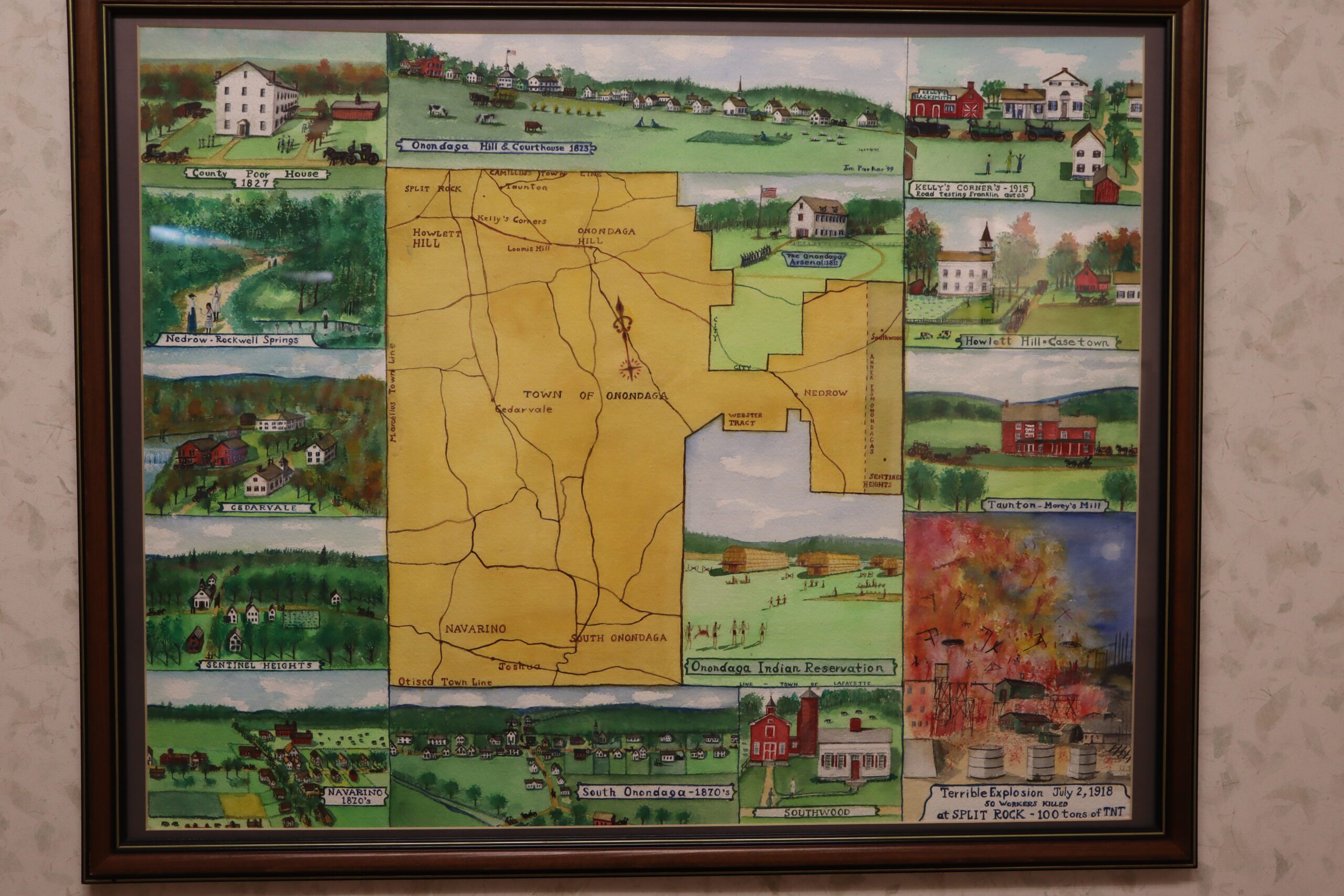
Community Members whose efforts sustain the Historical Society:
Town of Onondaga Historian – Natalie Williams-Dardaris
TOHS Curator – Mary Lou Michalec
Assistant Curator – Teresa Melnick
President – Carl Wiezalis
Vice-President – Richard Calagiovanni
Secretary – Judith Garrett
Treasurer – Robert Swindler
Board Members – Janice Pellegrino, Brian Madigan, Andrew Miledonis, Dona Savage, Carolyn
Clarke, Timothy Annable, Dr. Richard Giarrusso, Teresa Melnick,
Rose Anne Pushlar, Mark Yafchak, Casey North
Discover Onondaga while you’re on the move! Get our complimentary PDF guide featuring the top and most awe-inspiring attractions!
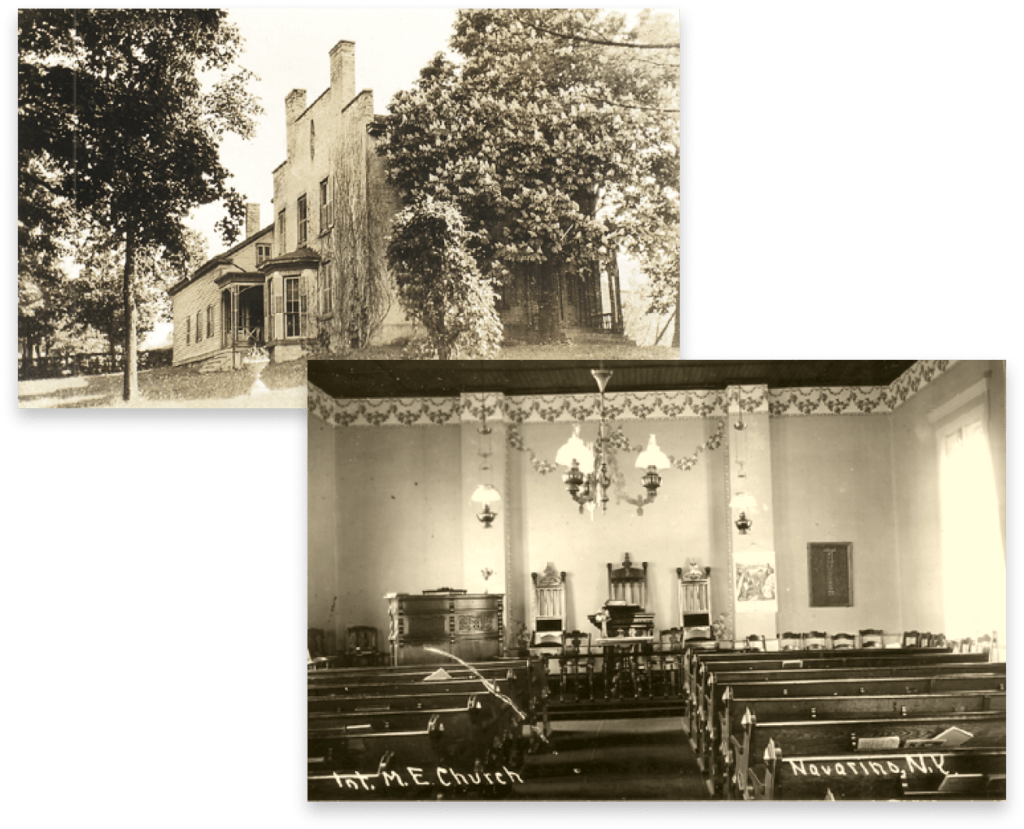
New Englander, Ephraim Webster, a former Revolutionary War soldier, came to this area in 1786 to trade with the Onondaga native people. He was the first white settler to take up residence here, followed by other former soldiers, most notably Comfort Tyler and Asa Danforth. Other settlers soon followed, attracted by the abundance of natural resources and opportunity for growth in this area.
Unlike most towns in Onondaga County, the Town of Onondaga was not a part of the great Military Tract but a major portion of the original Onondaga Reservation. It was an area that was crisscrossed by numerous Indian trails. The Town of Onondaga was incorporated on April 2, 1798. It became the first County Seat in 1805, with the courthouse erected on Onondaga Hill. This area was chosen as being more suitable over the area known as Onondaga Hollow because of the greater “healthfulness” of the hill.
In 1827 the town opened the first County Home for the Poor on Onondaga Hill to house the indigent and chronically ill in every town across the county. The County Poor House went through many transformations and served thousands of people in its’ more than 125-year history. This complex eventually transformed into today’s Van Duyn Center for Rehabilitation and Nursing in an area once known as Hopper’s Glen.
In 1825, the esteemed Revolutionary War General Marquis de Lafayette made his last visit to the United States at the invitation of President James Monroe, to commemorate our nation’s 50th anniversary and Lafayette’s part in helping us win independence. Lafayette stopped on Onondaga Hill to address a crowd gathered there to see him.
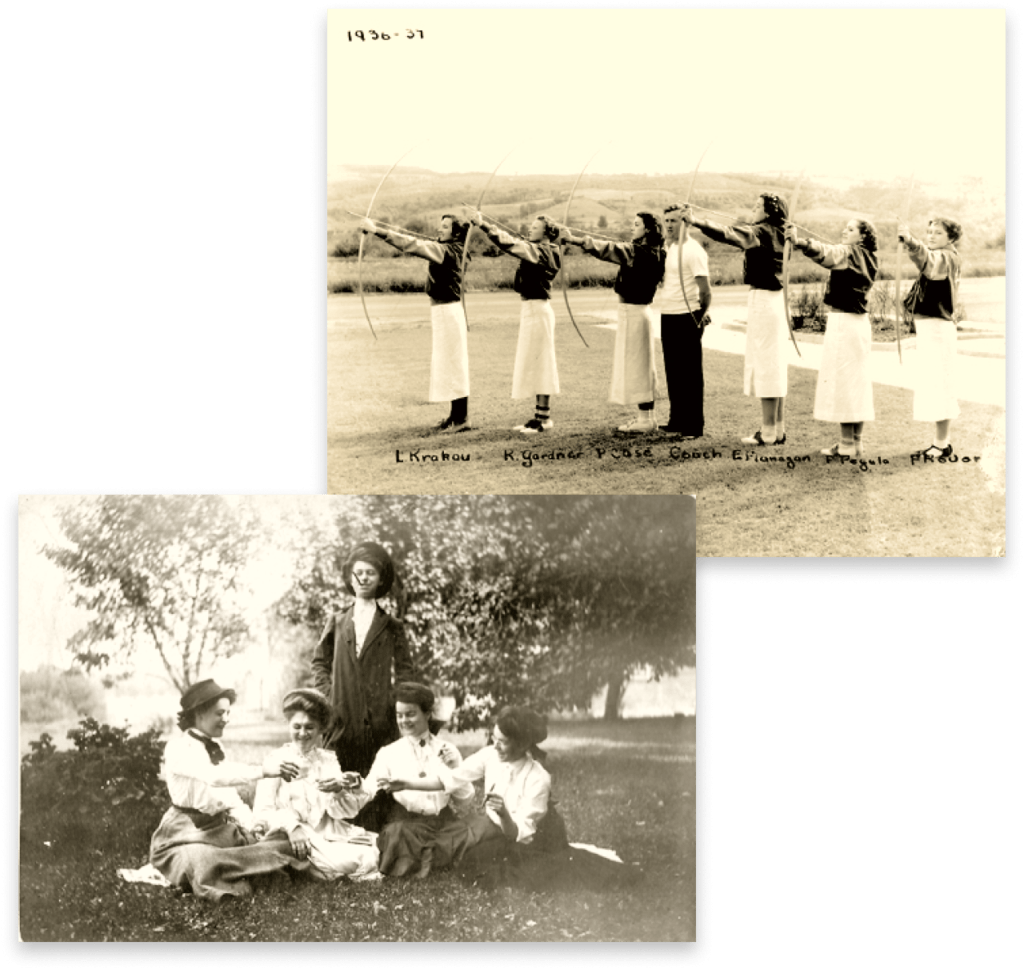
Other sections of the town began to be settled. Gideon Seeley opened a road to the town’s southern border where Turner Fenner built a first saw mill. Shubael Hall and family traveled to the land which was christened Hall’s Corners until a later name change to Navarino. Nearby Cradleville became known for its’ manufacture of grain cradles and was populated by the Chafee family. Parley Howlett set up his homestead in the northwest corner of Onondaga Hill, which came to be known as Howlett Hill. The blue and gray limestone quarries of Split Rock attracted Irish immigrants who extracted the stone that was used in the construction of many notable buildings in the city of Syracuse. As the city grew in size Onondaga Castle a.k.a Rockwell Springs, later Nedrow, became a north/south route for travelers and city folk to traverse.
The areas of the town known as Danforth and Brighton were annexed by the city of Syracuse in the late 1880s and Onondaga Valley, which was the “hollow”, became attached to Syracuse in 1927. The remaining part of the Town of Onondaga has remained intact since then.
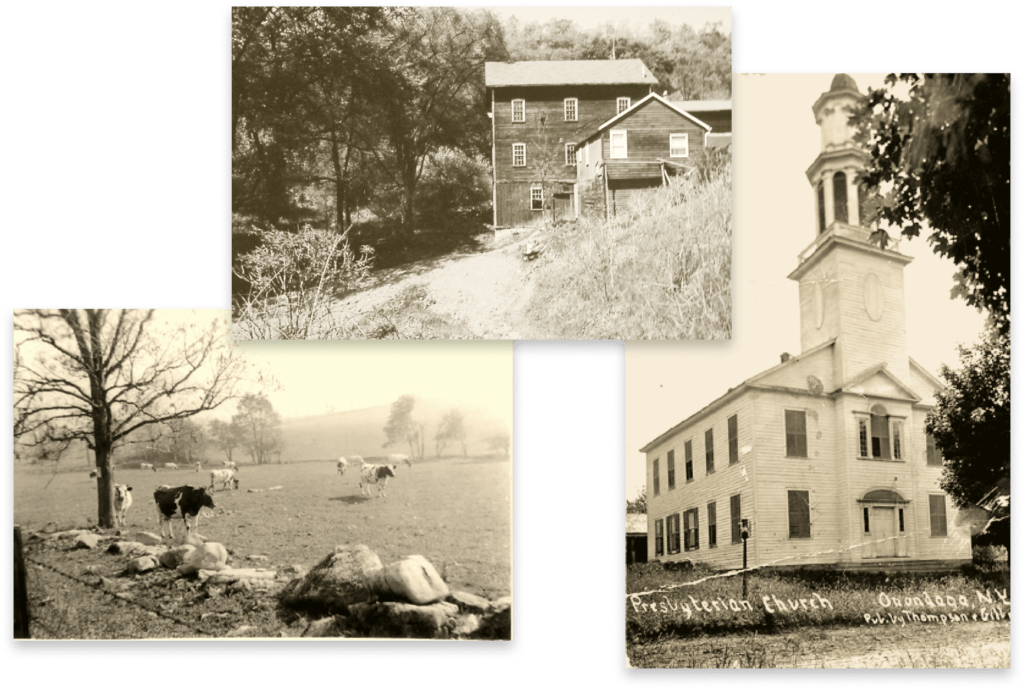
The Town of Onondaga continues to grow though retaining its’ country and rural atmosphere. The town’s main business district is located in Nedrow. Other town hamlets have experienced the growth of suburban housing developments as the town is conveniently located to the city and surrounding areas. Still there are many historic homes and structures dating back 150 to 200 years that grace the community. Onondaga Community College needed to expand in the 1960s and created a large campus on Onondaga Hill. There are many town parks situated near the housing population which allows for outdoor activities and celebrations. Parts of the town that are near or border Route 20/ Cherry Valley Turnpike have become agricultural tourism centers for farm to table dining, music performances, apple picking, and enjoying craft beer.